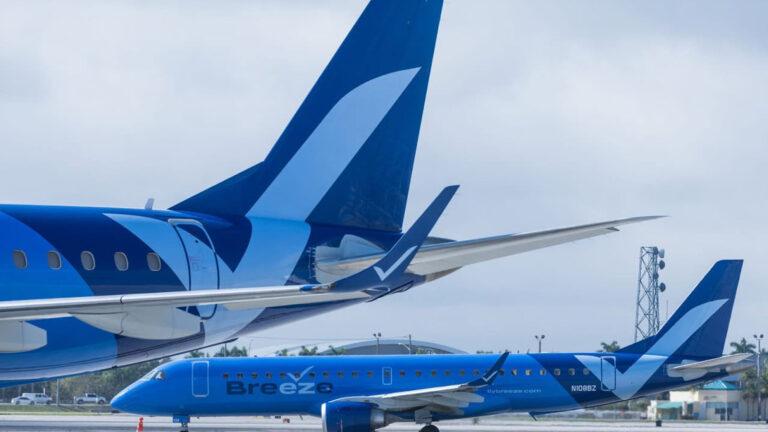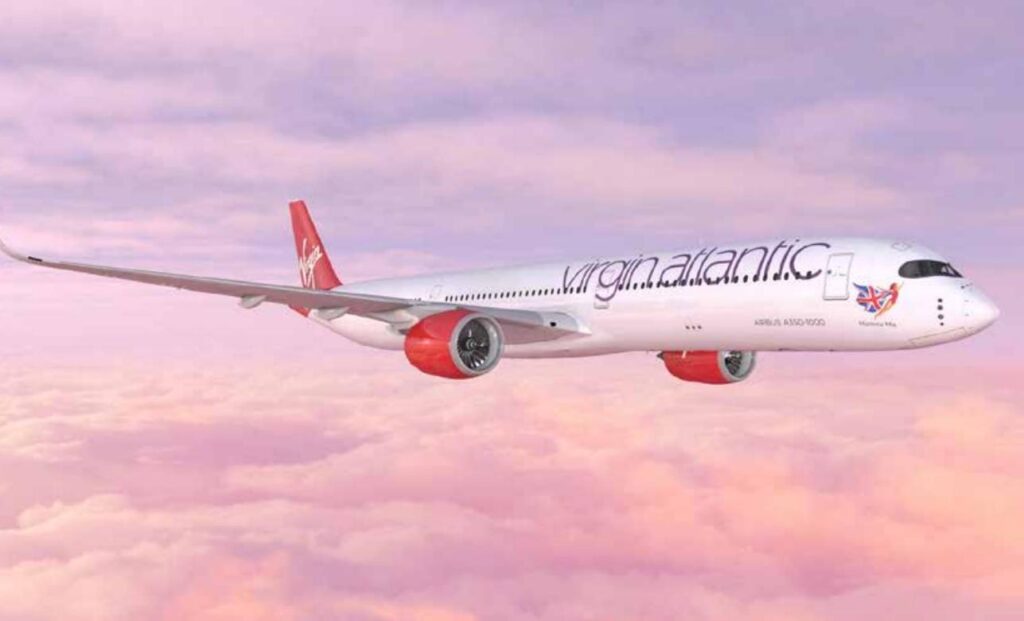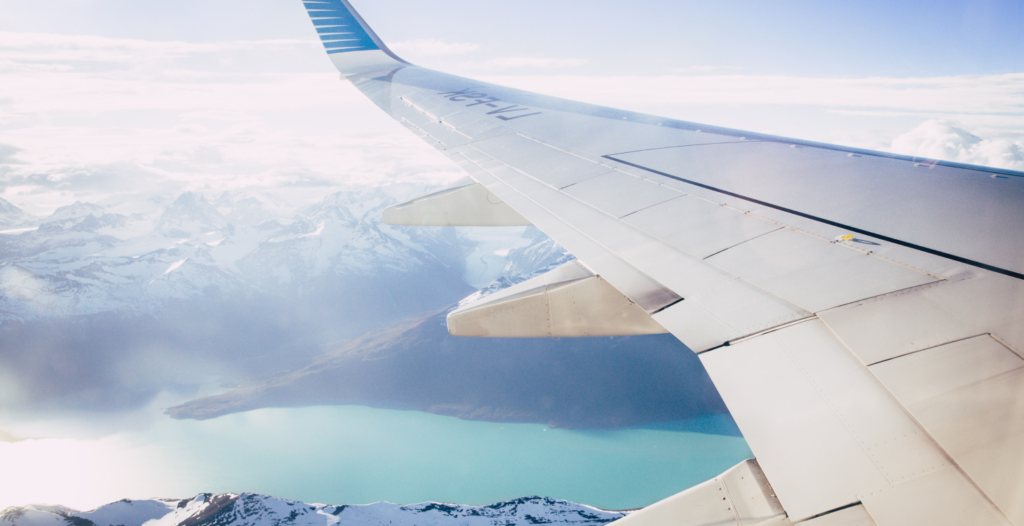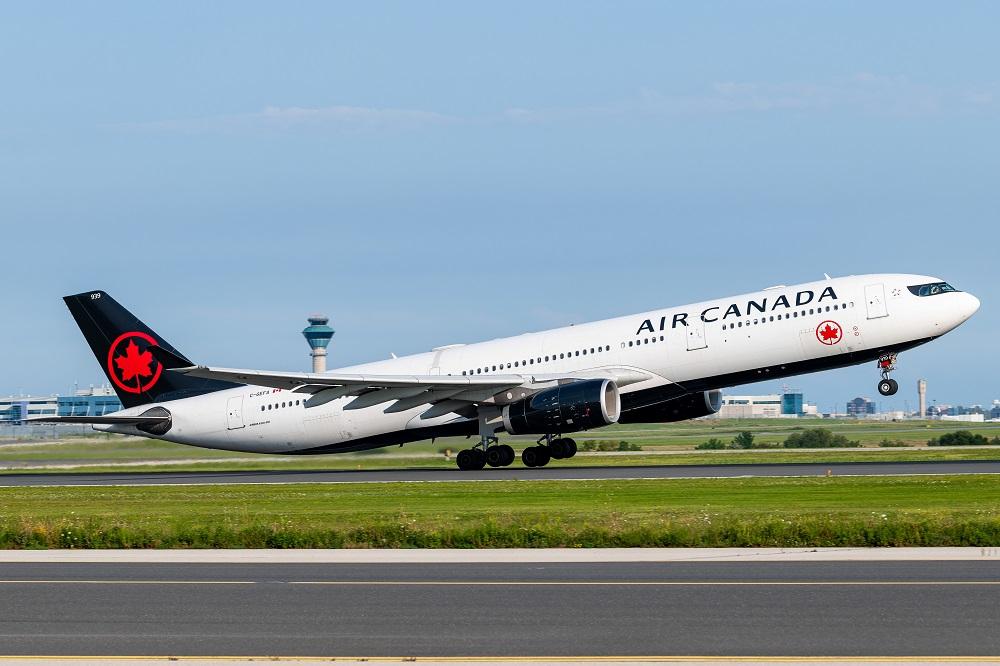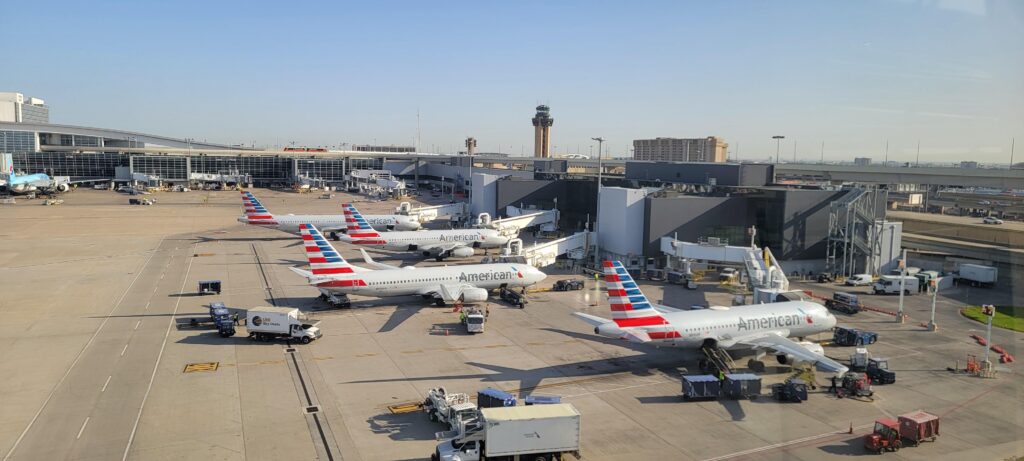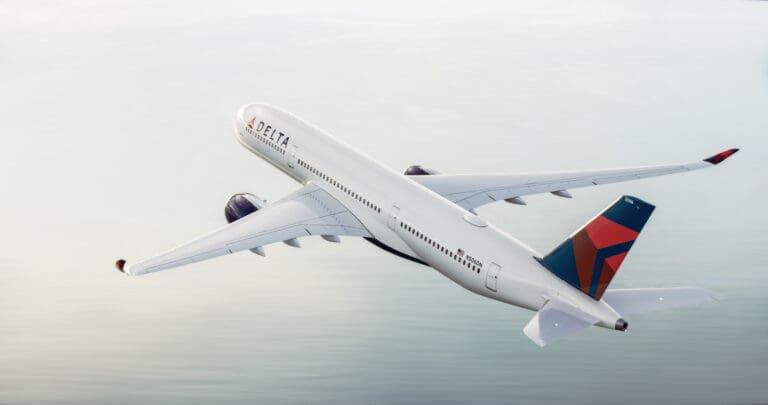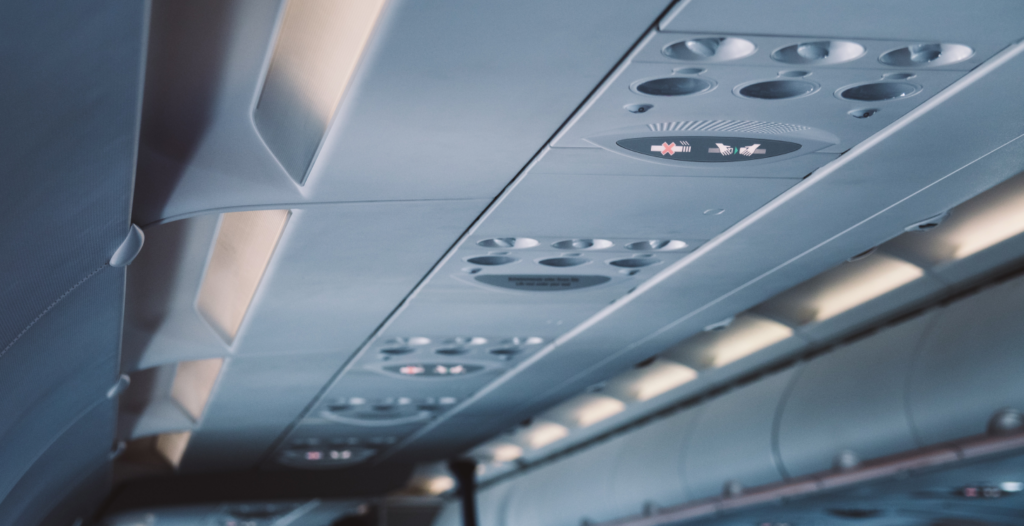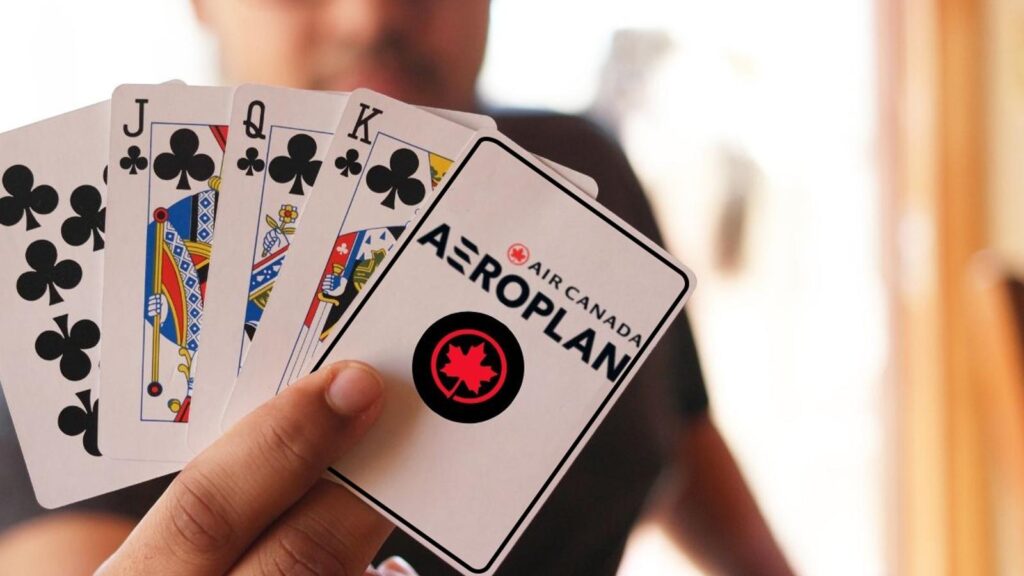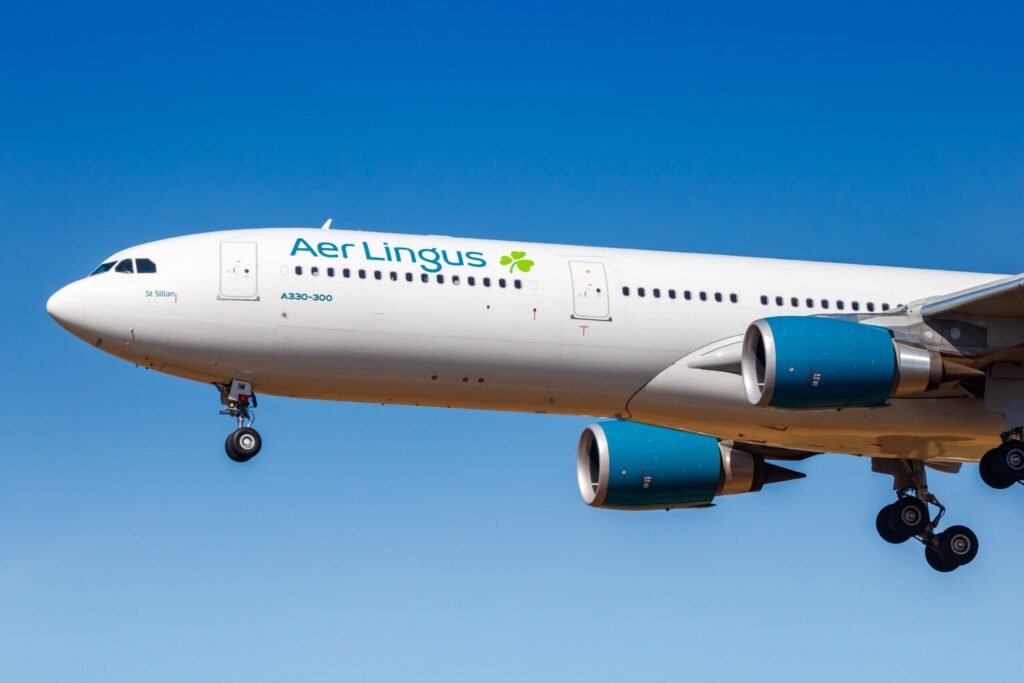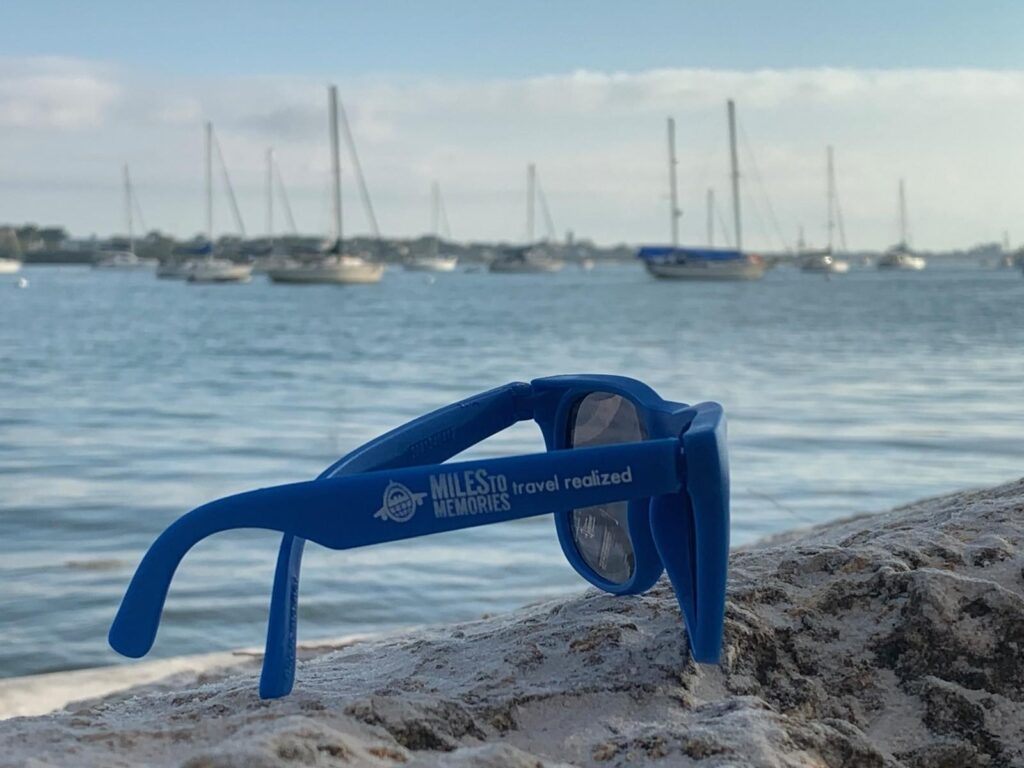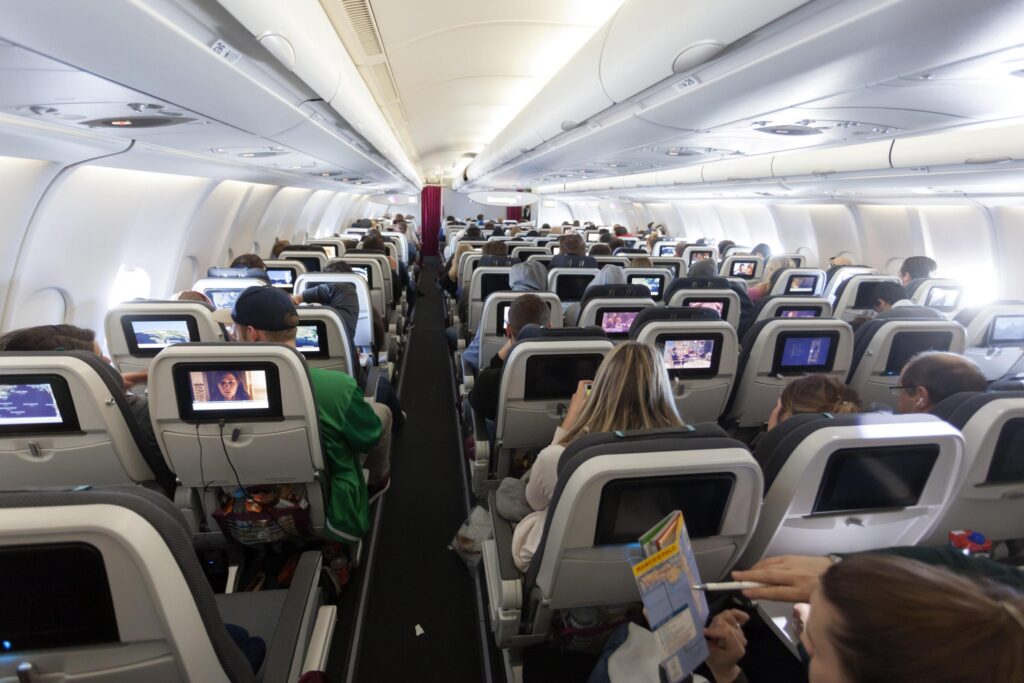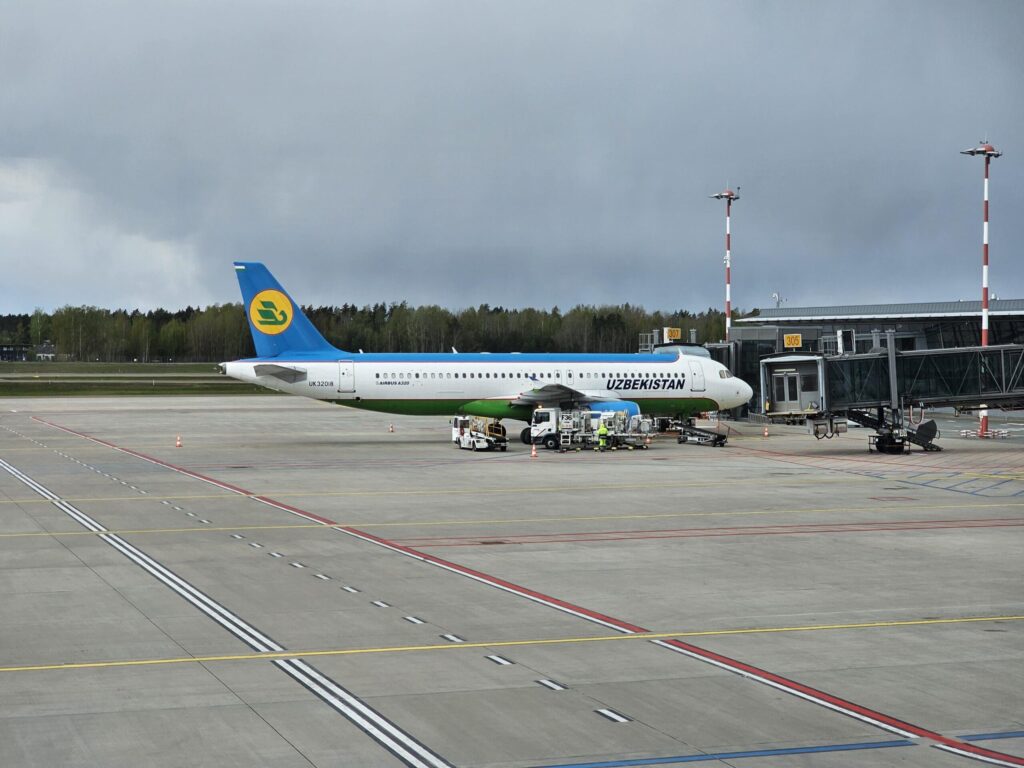
Is Air Canada Worth the Buzz for Frequent Flyers?
As Canada’s largest airline and a founding member of Star Alliance, Air Canada serves over 200 global destinations, earning a 7.5/10 average rating. While it garners praise for premium-service perks and its flexible Aeroplan loyalty program, some travelers encounter ongoing delays and cramped economy seating.
1. A Quick Look at Air Canada
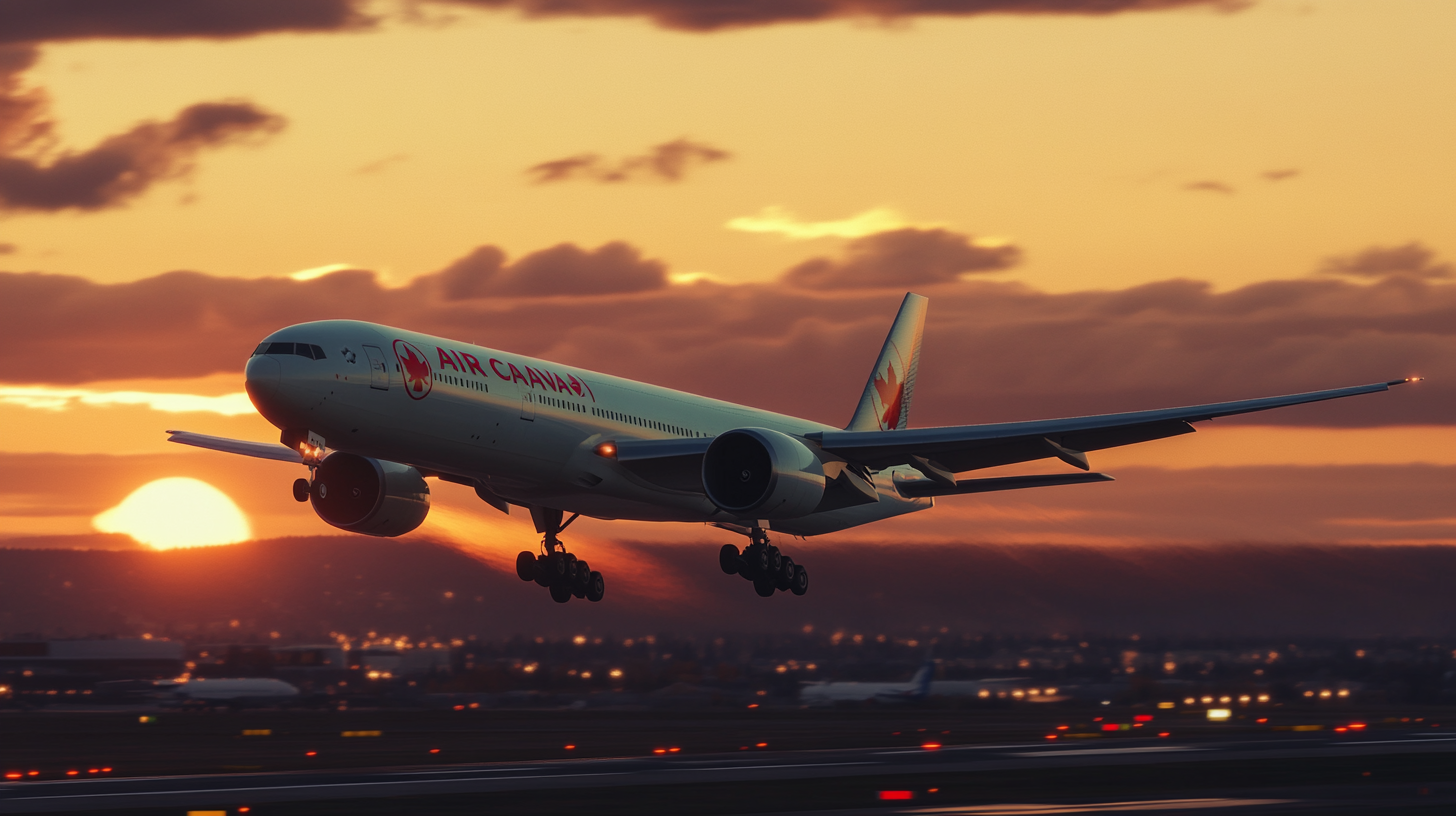
Air Canada’s mixed reviews stem from its large user base: over 78,000 traveler opinions collated by platforms like AirAdvisor, TripAdvisor, and Kayak. Despite occasional complaints of poor ground service or lost luggage, the airline holds a 4-star Skytrax rating. Many flyers highlight the attentive cabin crew, an extensive route network, and a robust safety record.
From my vantage point, it’s clear that Air Canada has evolved significantly, especially over the past couple of years. A recent study suggests that their on-time performance improved by nearly 5% between 2023 and 2024, hinting that efforts to streamline operations may be paying off. Even so, the airline remains a frequent topic of discussion among global travelers who debate whether the potential delays outweigh Air Canada’s otherwise strong international reach.
I’ve observed that individuals who prioritize comfort on long-haul flights often enjoy Air Canada’s safety standards and reliable in-flight amenities. Meanwhile, travelers on tighter schedules may be more sensitive to scheduling hiccups that can happen, particularly during harsh Canadian winters. According to industry data collected in 2024, the airline’s safety record remains well above average, reinforcing its commitment to delivering secure journeys across a vast route map.
2. Class Options and Upgrades
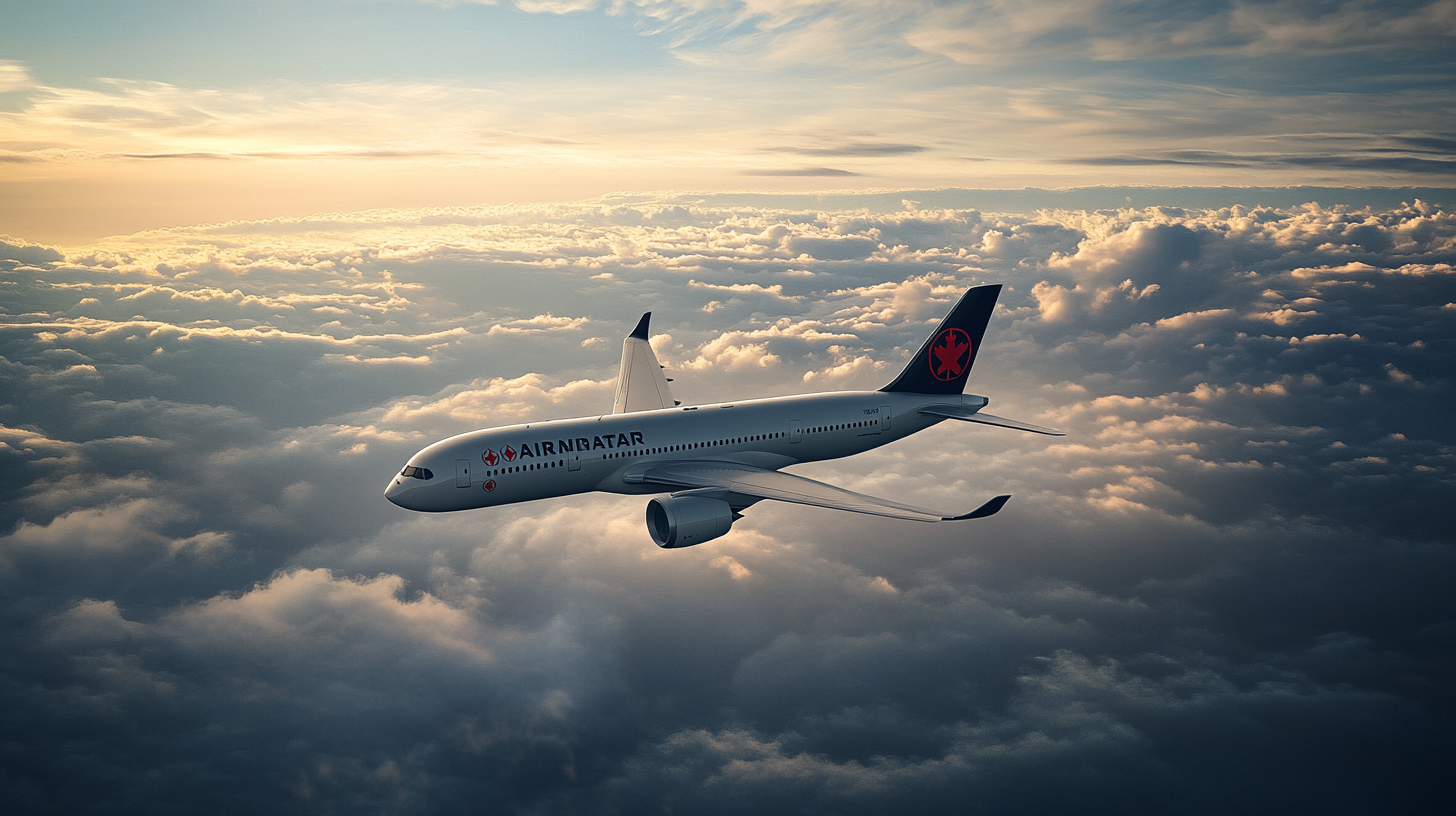
The airline operates economy, premium economy, and business classes—plus special cabin initiatives like Project XM on its Boeing 777 aircraft. Updates include extra room in Premium Economy, revamped Business seats, and on-demand in-flight meal ordering via touchscreen. While these new interiors shine, some older aircraft still lag in comfort and amenities, making experiences inconsistent across the fleet.
In my own reading of countless passenger reviews, many travelers point out that Business Class offers a refined experience that can rival other major airlines, with thoughtful touches such as adjustable lie-flat seating and upgraded meal choices. Frequent flyers often mention that Premium Economy strikes a comfortable middle ground, especially for trips lasting over five hours, though some suggest comparing seat pitch and width across different aircraft to ensure the desired space.
If you’re someone who values continuity in service, consider exploring Air Canada’s “Project XM” routes specifically, because the refurbished cabins provide a more modern atmosphere. Personal entertainment options are typically robust, and in my view, the seat controls are intuitive enough even for first-time flyers in these upgraded sections. However, it’s worth noting that if you board an older aircraft, the onboard experience can feel dated, so selecting flights carefully may help maximize comfort.
3. The Scoop on Mixed Reviews
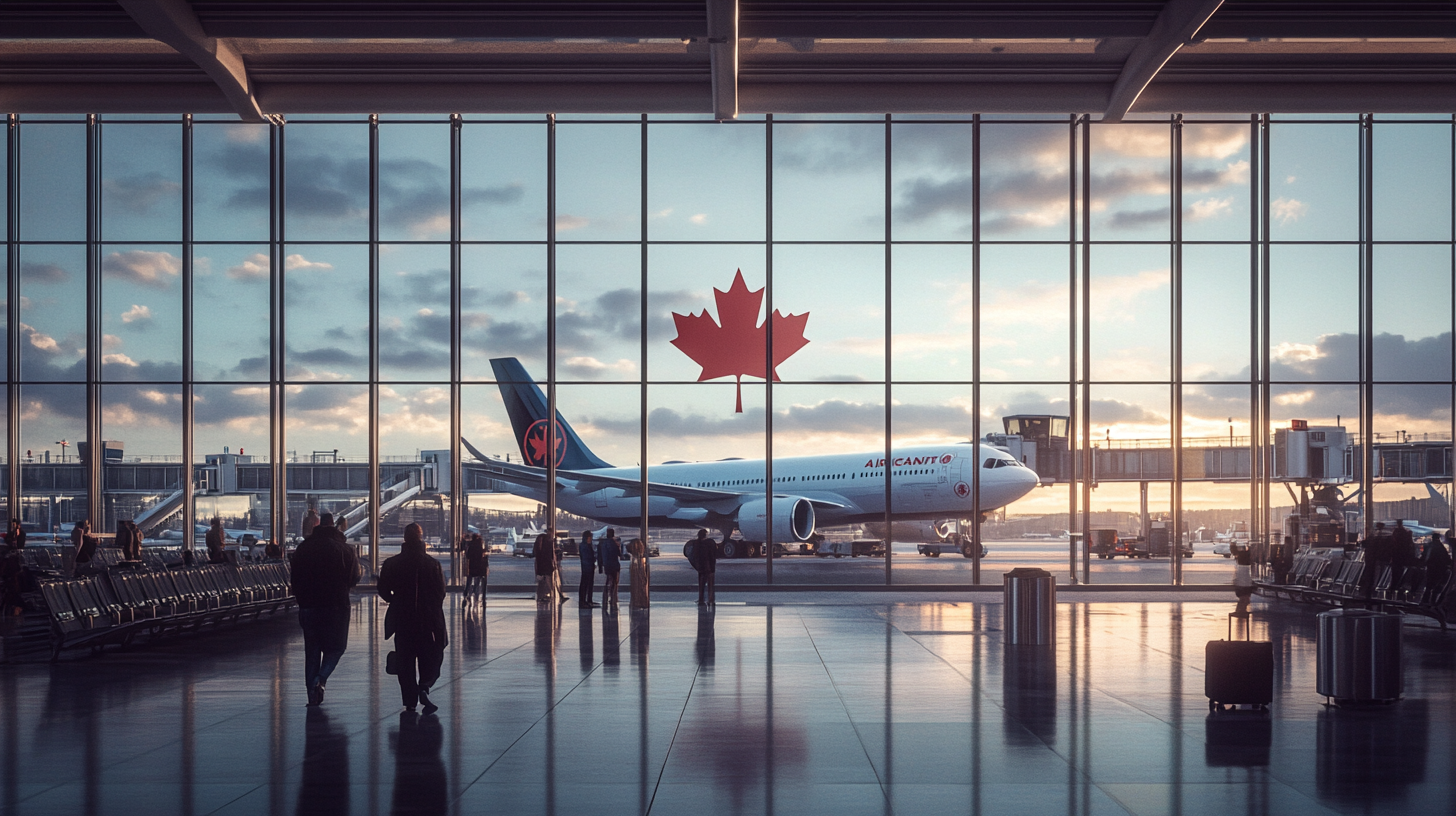
Passengers praise the refreshed cabin designs and warm in-flight service, but frequent delays and weather-related cancellations remain common pain points. Many travelers suggest Air Canada excels on international routes rather than shorter U.S. domestic flights. Complaints often center on cramped economy seating and subpar ground handling, though the airline generally resolves most issues comparably to other North American legacy carriers.
From what I’ve gathered, traveler feedback can vary drastically depending on the time of year. Peak travel seasons—especially Canadian winters—create exacerbated conditions where weather disruptions can ripple through Air Canada’s extensive network. Some economists following the airline industry also note that Air Canada’s partnerships within Star Alliance occasionally allow for rebookings on partner airlines, which can help mitigate frustrations. On the flip side, inexperienced ground staff at certain airports have led to negative anecdotes about baggage handling or boarding processes.
Despite the occasional hiccup, I’ve observed that many frequent flyers return to Air Canada for its reliability over long-haul routes. According to data from aviation analytics firms, complaints about Air Canada’s economy seating typically focus on narrower seat widths, so travelers conscious of comfort may want to research airplane configurations in advance. Ultimately, the airline’s global reach still draws a loyal following who appreciate the combination of reputable service and connectivity.
4. Tips for Frequent Flyers

The Aeroplan loyalty program draws loyalty from travelers seeking flexible point transfers, multiple elite tiers, and perks like parental leave extensions. Maple Leaf Lounges offer a cozy haven in major Canadian airports, though international lounge experiences tend to be less robust. For business travelers eyeing spacious lie-flat seats or premium amenities, Air Canada remains a strong contender. Budget-conscious flyers, however, may want to double-check legroom and service reviews before booking.
I’ve noticed that those who maximize Aeroplan do so by transferring credit card rewards into their Aeroplan accounts whenever possible. A recent report on loyalty programs ranks Aeroplan among the top five global mileage systems for flexibility, especially since it partners with various banks and hotel rewards. If you’re working toward elite status, aiming for flights with higher earning rates or co-branded credit card benefits could be an effective strategy to move up the tiers faster.
It’s also crucial to monitor seasonal promotions. I’ve seen cases where Aeroplan runs targeted offers, such as status matches or bonus points, which can significantly boost your account balance. If access to Maple Leaf Lounges is high on your priority list, consider whether your travel schedule justifies the additional cost—for some, the lounge experience alone can be a game-changer, while others find it less essential.
5. Final Thoughts

Overall, Air Canada balances innovative cabin features with a few operational hiccups. Flyers seeking reliable international routes and ample loyalty rewards often find it worth the investment. Those hypersensitive to delays or economy comfort might look into seat upgrades or alternative carriers, but many travelers see Air Canada as a solid choice in the skies.
When weighing your options, remember to factor in recent performance trends and the airline’s commitment to updating both cabins and its operational framework. If you appreciate an extensive route map and a versatile loyalty program, Air Canada can be a compelling choice. Just be sure to keep an eye on seasonal travel patterns and aircraft types to avoid potential pain points.
Sky Skylar’s Take
From my perspective, Air Canada remains a prime example of how an airline can both impress and stress frequent flyers simultaneously. By focusing on routes where its modern fleet shines and taking advantage of a dynamic loyalty program, travelers can often turn potential challenges into rewarding experiences.
I’ve found that balancing expectations with practical preparations—such as using Aeroplan upgrades and monitoring weather conditions—can go a long way toward making your journey smoother. With a bit of forethought, Air Canada’s expansive network can open doors to global adventures worth embarking on.
Follow us back to BoardingArea for more.

